By Hendon Harris
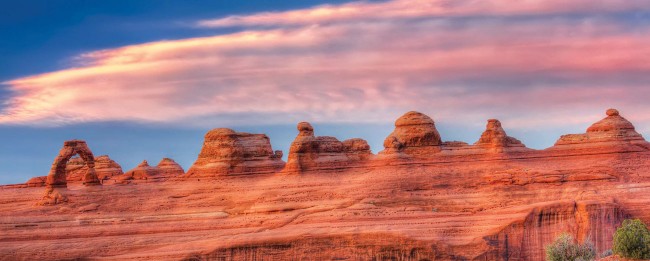
For more than 250 years, scholars have been debating whether Buddhists from Asia may have visited North America long before Christopher Columbus arrived from Spain in 1492.
The debate started around 1763 when French orientalist, Joseph de Guignes translated the Book of Liang (Liang Shu) which includes an account of a missionary trip Buddhist monk Hwui Shan took to Fu Sang in 458 CE.
De Guignes argued that Fu Sang was in fact ancient North America, an opinion that was widely accepted by the academic world for approximately 75 years. Alexander von Humbolt, the famous German naturalist and explorer, believed de Guignes’ findings. However, in the 19th century, some German and North American sinologists vigorously opposed de Guignes’ theory and, by the beginning of the 20th century, it was largely discredited.
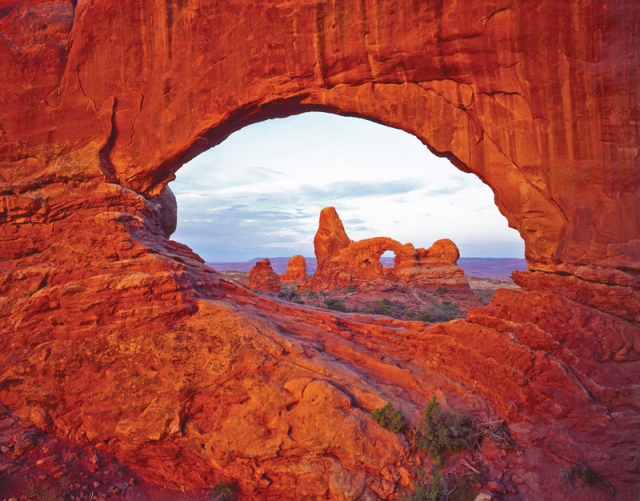
Today, several researchers continue to believe that significant evidence of Chinese (or Asian) influence in ancient North America has been overlooked and should be seriously considered. Some of that evidence is presented here.
The name of the sacred gateway arch used in all major religions of ancient India, including Buddhism, is torana. Its primary purpose was to provide a shield around a sacred image, such as a Buddha, that was placed on the ground underneath the arch. Therefore, the most revered part of the torana was the ground immediately below the arch because that was in direct contact with the image to be worshiped there.
The modern Puebloan people (Native American tribal people of the Four Corners region) have such an arch which is known as Rainbow Bridge. Within the last few years, these tribes have appealed, but so far failed, to get the U.S. government to stop the 300,000 plus tourists who annually visit Rainbow Bridge from walking across the ground immediately underneath the bridge.
Previously, Rainbow Bridge had been in a remote area of Utah far from the reaches of casual tourists. However, that changed when the Colorado River was dammed, creating a reservoir for Las Vegas, Nevada, called Lake Mead. Owing to the resulting flooding of the Colorado River, the banks of Lake Mead now extend to the base of Rainbow Bridge making it easily accessible to everyone who wants to see this spectacular site. This has caused great distress to those First Nations people who consider this a holy site.
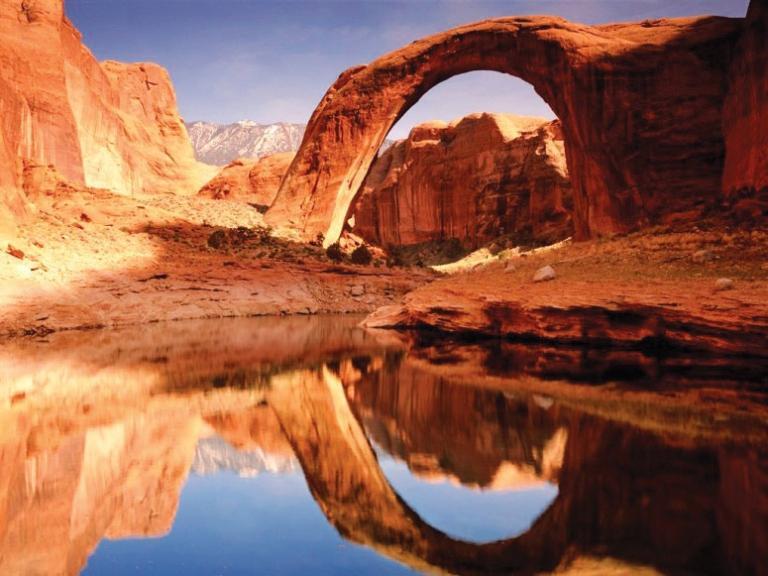
Rainbow Bridge is not unique. It is one of the 16 largest land bridges scattered (unequally) around the world. Fourteen of these rock wonders are either in China or in the Four Corners region (Google: The Tour of the Big 16, for images and locations). One of the remaining two is in Afghanistan, in the ancient Buddhist kingdom of Gandhara which was on the Silk Road trade route connecting China with Greece, Rome and the Mediterranean. The last one, called Aloba Arch, is located in Chad, Africa (Google: Forgotten Wonders in the Dead Heart of Africa).
Given the similarities of these land bridges, the surrounding rock formations, their locations on ancient trade routes, as well as records of early Buddhist missionary trips, it is my belief that these amazing rock formations are not merely random acts of erosion. I believe they were carved by the same religious groups that have carved numerous other beautiful rock formations around the world. Ancient Buddhist missionaries may have left North America a long time ago (in 499 CE according to Hwui Shan) but the distinct influences they left remain here to this day (Google: Buddhist Symbols and Customs North America).
Rainbow Bridge, in my opinion, is a huge example of a Buddhist torana in North America. Numerous other smaller examples of this religious symbol have also survived. There are over 2,000 arches remaining in Arches National Park, Utah. The most famous example is Delicate Arch, the symbol of the State of Utah. Delicate Arch, commonly believed to be an eroded rock, is located on the lip of a cliff with a spectacular view to be seen between the arch supports.
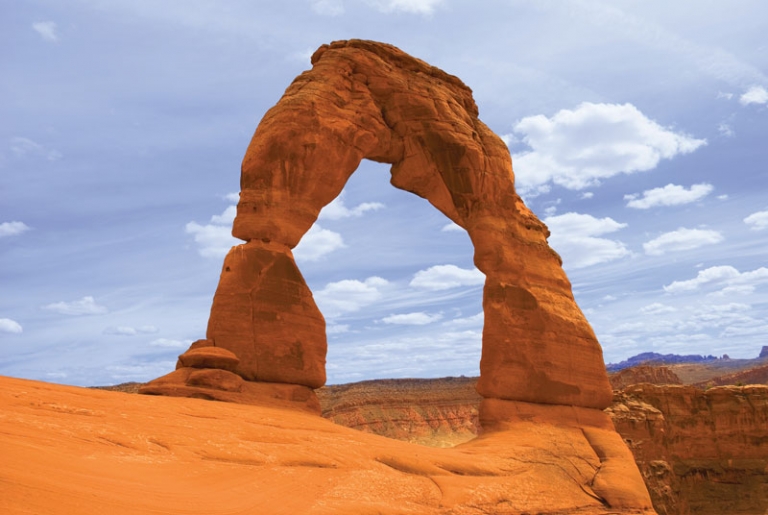
There are several almost identical rock arches, such as Anasazi Rock, New Mexico, which like Delicate Arch have horizontal cuts completely across both arch legs within a few feet of their bases. It is well known that ancient Buddhists were highly accomplished stone carvers. Evidence of this ability is visible at the Ellora Caves, India, the recently destroyed Giant Buddhas in Afghanistan, as well as the early rock-carved Buddhist stupas (temples) also found in India.
Buddhism, from its earliest days, also sent out missionaries to spread the faith and gain new converts. Evidence of this is seen in the strength of Buddhism in ancient Greece. This was called Hellenistic Buddhism and occurred shortly after Buddhism originated between the 6th and 4th centuries BCE. Rock carved evidence of Hellenistic Buddhism remains today in Greece in the form of the world-renowned monasteries now occupied by Christian monks. These beautiful and rugged mountain top monasteries look exactly like Buddhist monasteries found throughout the Far East and South East Asia (Google: Greek Mountaintop Monasteries or The Meteora Monasteries).
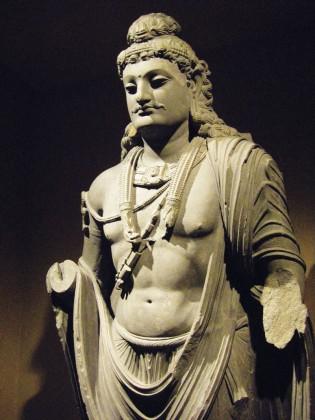
Some say that these structures were made by Christian monastic orders but what are their sources? Why assume Christian monks would replicate a traditional Buddhist architectural style, when there is solid proof of the strength of the Buddhist religious culture in Greece prior to the arrival of Christianity. Early Buddhists not only carved huge rock projects, but they also travelled great distances to do it.
In my opinion, after examining the evidence of early Buddhism in North America, a body of proof is emerging that supports the existence of Asian, and possibly Chinese, influences in pre-Columbian America (Google: Mandalas Mantras Manjis and Monuments and Dimensions of Dine and Buddhist Traditions).

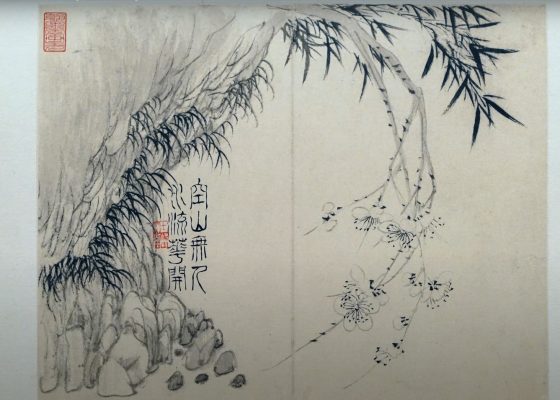



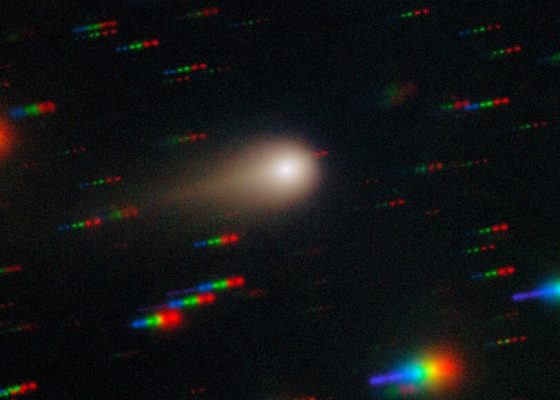



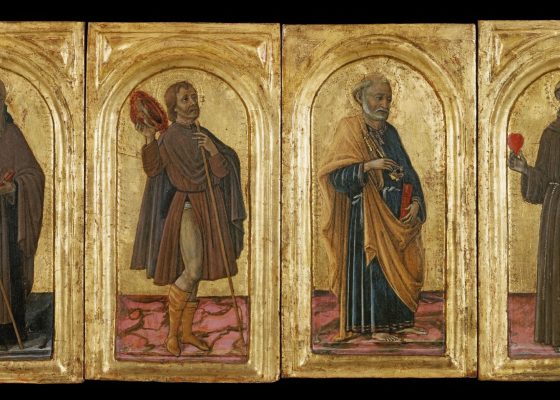
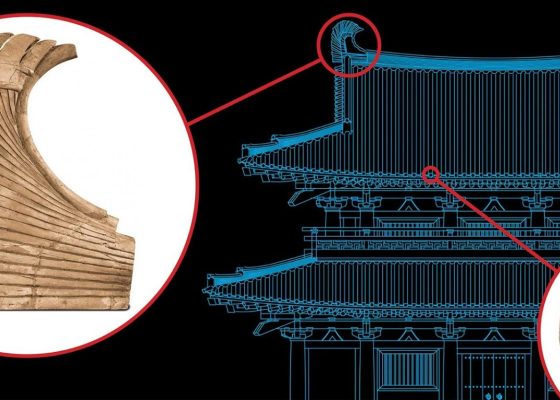


Cancel anytime


Using our website
You may use the The Middle Land website subject to the Terms and Conditions set out on this page. Visit this page regularly to check the latest Terms and Conditions. Access and use of this site constitutes your acceptance of the Terms and Conditions in-force at the time of use.
Intellectual property
Names, images and logos displayed on this site that identify The Middle Land are the intellectual property of New San Cai Inc. Copying any of this material is not permitted without prior written approval from the owner of the relevant intellectual property rights.
Requests for such approval should be directed to the competition committee.
Please provide details of your intended use of the relevant material and include your contact details including name, address, telephone number, fax number and email.
Linking policy
You do not have to ask permission to link directly to pages hosted on this website. However, we do not permit our pages to be loaded directly into frames on your website. Our pages must load into the user’s entire window.
The Middle Land is not responsible for the contents or reliability of any site to which it is hyperlinked and does not necessarily endorse the views expressed within them. Linking to or from this site should not be taken as endorsement of any kind. We cannot guarantee that these links will work all the time and have no control over the availability of the linked pages.
Submissions
All information, data, text, graphics or any other materials whatsoever uploaded or transmitted by you is your sole responsibility. This means that you are entirely responsible for all content you upload, post, email or otherwise transmit to the The Middle Land website.
Virus protection
We make every effort to check and test material at all stages of production. It is always recommended to run an anti-virus program on all material downloaded from the Internet. We cannot accept any responsibility for any loss, disruption or damage to your data or computer system, which may occur while using material derived from this website.
Disclaimer
The website is provided ‘as is’, without any representation or endorsement made, and without warranty of any kind whether express or implied.
Your use of any information or materials on this website is entirely at your own risk, for which we shall not be liable. It is your responsibility to ensure any products, services or information available through this website meet your specific requirements.
We do not warrant the operation of this site will be uninterrupted or error free, that defects will be corrected, or that this site or the server that makes it available are free of viruses or represent the full functionality, accuracy and reliability of the materials. In no event will we be liable for any loss or damage including, without limitation, loss of profits, indirect or consequential loss or damage, or any loss or damages whatsoever arising from the use, or loss of data, arising out of – or in connection with – the use of this website.
Last Updated: September 11, 2024
New San Cai Inc. (hereinafter “The Middle Land,” “we,” “us,” or “our”) owns and operates www.themiddleland.com, its affiliated websites and applications (our “Sites”), and provides related products, services, newsletters, and other offerings (together with the Sites, our “Services”) to art lovers and visitors around the world.
This Privacy Policy (the “Policy”) is intended to provide you with information on how we collect, use, and share your personal data. We process personal data from visitors of our Sites, users of our Services, readers or bloggers (collectively, “you” or “your”). Personal data is any information about you. This Policy also describes your choices regarding use, access, and correction of your personal information.
If after reading this Policy you have additional questions or would like further information, please email at middleland@protonmail.com.
PERSONAL DATA WE COLLECT AND HOW WE USE IT
We collect and process personal data only for lawful reasons, such as our legitimate business interests, your consent, or to fulfill our legal or contractual obligations.
Information You Provide to Us
Most of the information Join Talents collects is provided by you voluntarily while using our Services. We do not request highly sensitive data, such as health or medical information, racial or ethnic origin, political opinions, religious or philosophical beliefs, trade union membership, etc. and we ask that you refrain from sending us any such information.
Here are the types of personal data that you voluntarily provide to us:
As a registered users or customers, you may ask us to review or retrieve emails sent to your business. We will access these emails to provide these services for you.
We use the personal data you provide to us for the following business purposes:
Information Obtained from Third-Party Sources
We collect and publish biographical and other information about users, which we use to promote the articles and our bloggers who use our sites. If you provide personal information about others, or if others give us your information, we will only use that information for the specific reason for which it was provided.
Information We Collect by Automated Means
Log Files
The site uses your IP address to help diagnose server problems, and to administer our website. We use your IP addresses to analyze trends and gather broad demographic information for aggregate use.
Every time you access our Site, some data is temporarily stored and processed in a log file, such as your IP addresses, the browser types, the operating systems, the recalled page, or the date and time of the recall. This data is only evaluated for statistical purposes, such as to help us diagnose problems with our servers, to administer our sites, or to improve our Services.
Do Not Track
Your browser or device may include “Do Not Track” functionality. Our information collection and disclosure practices, and the choices that we provide to customers, will continue to operate as described in this Privacy Policy, whether or not a “Do Not Track” signal is received.
HOW WE SHARE YOUR INFORMATION
We may share your personal data with third parties only in the ways that are described in this Privacy Policy. We do not sell, rent, or lease your personal data to third parties, and We does not transfer your personal data to third parties for their direct marketing purposes.
We may share your personal data with third parties as follows:
There may be other instances where we share your personal data with third parties based on your consent.
HOW WE STORE AND SECURE YOUR INFORMATION
We retain your information for as long as your account is active or as needed to provide you Services. If you wish to cancel your account, please contact us middleland@protonmail.com. We will retain and use your personal data as necessary to comply with legal obligations, resolve disputes, and enforce our agreements.
All you and our data are stored in the server in the United States, we do not sales or transfer your personal data to the third party. All information you provide is stored on a secure server, and we generally accepted industry standards to protect the personal data we process both during transmission and once received.
YOUR RIGHTS/OPT OUT
You may correct, update, amend, delete/remove, or deactivate your account and personal data by making the change on your Blog on www.themiddleland.com or by emailing middleland@protonmail.com. We will respond to your request within a reasonable timeframe.
You may choose to stop receiving Join Talents newsletters or marketing emails at any time by following the unsubscribe instructions included in those communications, or you can email us at middleland@protonmail.com
LINKS TO OTHER WEBSITES
The Middle Land include links to other websites whose privacy practices may differ from that of ours. If you submit personal data to any of those sites, your information is governed by their privacy statements. We encourage you to carefully read the Privacy Policy of any website you visit.
NOTE TO PARENTS OR GUARDIANS
Our Services are not intended for use by children, and we do not knowingly or intentionally solicit data from or market to children under the age of 18. We reserve the right to delete the child’s information and the child’s registration on the Sites.
PRIVACY POLICY CHANGES
We may update this Privacy Policy to reflect changes to our personal data processing practices. If any material changes are made, we will notify you on the Sites prior to the change becoming effective. You are encouraged to periodically review this Policy.
HOW TO CONTACT US
If you have any questions about our Privacy Policy, please email middleland@protonmail.com
The Michelin brothers created the guide, which included information like maps, car mechanics listings, hotels and petrol stations across France to spur demand.
The guide began to award stars to fine dining restaurants in 1926.
At first, they offered just one star, the concept was expanded in 1931 to include one, two and three stars. One star establishments represent a “very good restaurant in its category”. Two honour “excellent cooking, worth a detour” and three reward “exceptional cuisine, worth a
Thank you for your participation,
please Log in or Sign up to Vote

123Sign in to your account